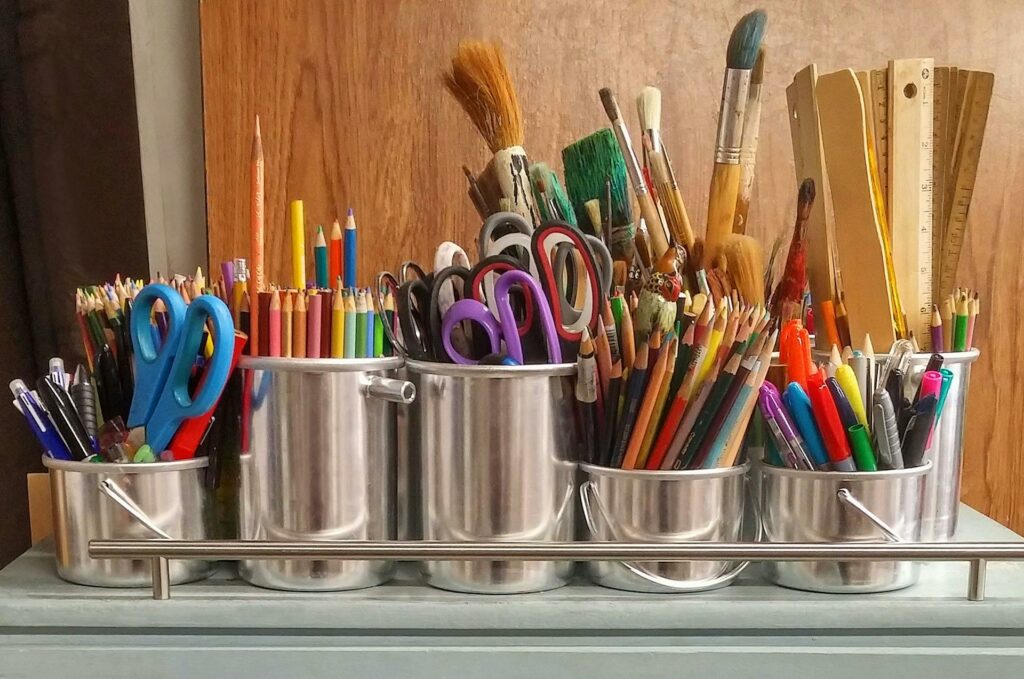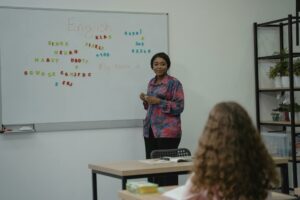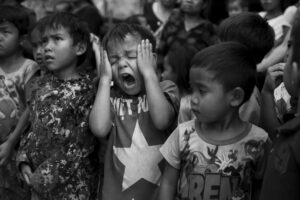In the bustling landscape of modern education, where STEM subjects (Science, Technology, Engineering, and Mathematics) often dominate the discourse, there’s a quiet but powerful force at work, enriching minds and souls: arts and crafts. Beyond mere pastimes or extracurricular activities, these creative pursuits play a pivotal role in shaping well-rounded individuals, fostering imagination, innovation, and emotional intelligence. As we delve into the profound impact of arts and crafts on education, let’s explore how they intertwine with academic learning and personal development, nurturing open minds and endless possibilities.
Artistic Expression as a Gateway to Learning
At the heart of arts and crafts lies the profound ability to express oneself. Whether through painting, sculpture, music, or dance, individuals find channels to communicate thoughts, feelings, and experiences. In educational settings, this expression becomes a powerful tool for learning. When students engage in artistic endeavours, they tap into multiple intelligences, reinforcing their understanding of academic concepts through visual, kinaesthetic, and auditory modalities.
Consider a history lesson on ancient civilizations. Instead of simply reading about the pyramids of Egypt, students might create miniature replicas using clay, incorporating architectural principles and historical contexts into their designs. Through this hands-on approach, abstract concepts transform into tangible creations, embedding knowledge in memory through experiential learning.
Fostering Creativity and Innovation
In a rapidly evolving world, creativity and innovation stand as cornerstones of success. Arts and crafts provide fertile ground for cultivating these essential skills from an early age. When students engage in open-ended artistic projects, they learn to think outside the box, experiment with different materials, and embrace uncertainty. These experiences nurture a mindset of curiosity and exploration, laying the groundwork for future problem-solving and innovation.
Imagine a classroom buzzing with activity as students collaborate to build a Rube Goldberg machine. Through trial and error, they refine their designs, learning valuable lessons in physics, engineering, and teamwork along the way. As they witness their contraptions come to life, they internalize the iterative process of innovation, understanding that failure is not an endpoint but a stepping stone towards success.
Cultivating Emotional Intelligence and Well-being
In the hustle of academic pursuits, it’s easy to overlook the importance of emotional intelligence and well-being. Yet, arts and crafts serve as nurturing sanctuaries where students can explore their emotions, develop empathy, and find solace amidst the chaos of daily life. Whether through painting a landscape, writing poetry, or crafting a personal journal, these creative practices offer avenues for self-reflection and introspection.
Schools that integrate arts and crafts into their curriculum often witness profound transformations in students’ emotional well-being. By providing outlets for self-expression and validation, these programs empower individuals to navigate the complexities of adolescence with resilience and grace. Moreover, the sense of accomplishment gained from completing a creative project boosts self-esteem and confidence, reinforcing a positive self-image that transcends academic achievements.
Celebrating Diversity and Cultural Heritage
Schools that integrate arts and crafts into their curriculum often witness profound transformations in students’ emotional well-being. By providing outlets for self-expression and validation, these programs empower individuals to navigate the complexities of adolescence with resilience and grace. Moreover, the sense of accomplishment gained from completing a creative project boosts self-esteem and confidence, reinforcing a positive self-image that transcends academic achievements.
Schools that embrace cultural diversity through arts and crafts create inclusive environments where every voice is heard and valued. By showcasing diverse artistic traditions and narratives, they empower students to embrace their own cultural identities while fostering empathy and understanding towards others. In doing so, they lay the foundation for a more tolerant and interconnected society, where differences are celebrated as sources of strength and beauty.
Connecting Learning to Life
Ultimately, the true power of arts and crafts in education lies in their ability to connect learning to life. Beyond the confines of textbooks and classrooms, these creative pursuits bridge the gap between theory and practice, transforming abstract concepts into lived experiences. Whether through a school play, an art exhibition, or a community service project, students apply their knowledge and skills in real-world contexts, making meaningful contributions to society.
As we reflect on the role of arts and crafts in education, let us not overlook their transformative potential in shaping the minds and hearts of future generations. By nurturing creativity, fostering emotional intelligence, celebrating diversity, and connecting learning to life, these timeless practices lay the groundwork for a more enlightened and compassionate world.
Open Minds Campus is proud to integrate arts and crafts into its holistic approach to education. Through a diverse range of programs and activities, we empower students to explore their passions, cultivate their talents, and embrace the beauty of lifelong learning. To learn more about our innovative curriculum and vibrant community, visit our website.
In conclusion, let us embrace the transformative power of arts and crafts in education, for they are not merely subjects to be studied but pathways to be explored, leading towards a future filled with endless possibilities and open minds.



